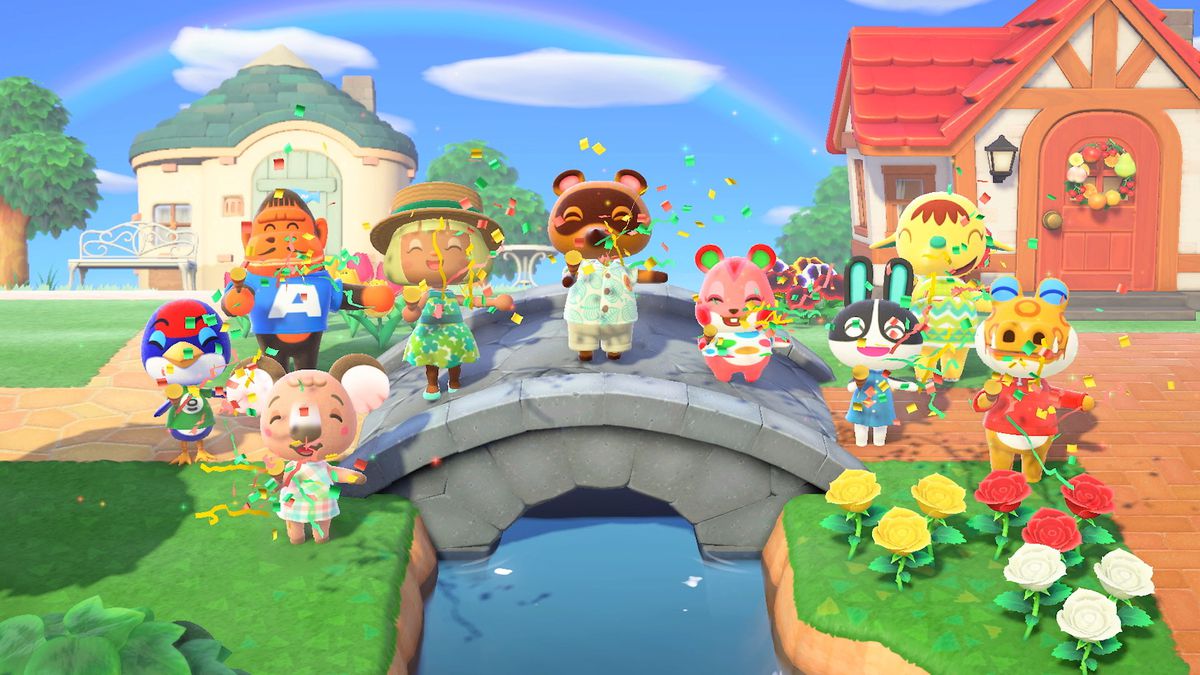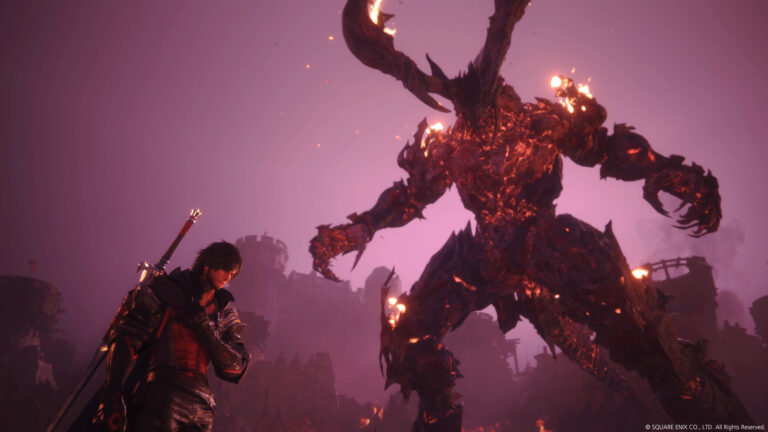Animal Crossing: New Horizons has been the saving grace for many people stuck at home during the pandemic. Being shut off from the outside world due to lockdowns and quarantines, gamers had the opportunity to enjoy a deserted island getaway from the comfort of their Nintendo Switch.
Nintendo has been doing a terrific job of keeping players invested in their islands. They have gone to great lengths to develop continual updates that add quality-of-life (QoL) improvements, bug fixes, and expansions to the base game, giving players new seasonal events and fresh ways to go about their daily deserted island life. With nearly a year under its belt, New Horizons is still standing strong.
However, even with all these new additions and improvements, there are a handful of areas where New Horizons can try to improve to deliver a more optimal and convenient experience for all islanders.
Here are the top three QoL changes New Horizons should get in future updates.
3. Universal Crafting Storage/Accessibility
This may seem a minor nitpick, but it’s one worth mentioning. Crafting benches should all access a universal inventory for crafting.
Due to the limited carrying space in players’ pockets, oftentimes they will need to drop or store crafting resources to secure a catch on a rare fish or bug, or that sneaky present a fellow villager hid in a minigame. It’s not uncommon to see entire streets and cliff sides littered with piles of wood, stone, and the like.
Because leaving litter around is no way to run a five-star island, an option many players have sought is to store up all excess crafting materials in their houses for future use. While this is a decent way to store ingredients and promote island cleanliness, it’s far from ideal.
Gamers undoubtedly have crafting benches scattered throughout their island, located in convenient areas for when their tools break or when they have an itch to craft a newfound DIY recipe. Having to traverse back to their homes to retrieve the ingredients is a hassle that no one wants to deal with. To add further frustration, even if a bench is inside one’s home, a player will not be able to access materials stored in the house storage. The items must be in their inventory to be used in crafting.
While having the necessary materials on hand for crafting is an obvious step to anyone that has played resource management games, New Horizons also lets players go through their entire wardrobe via fridges and closets that can be placed virtually anywhere. If players can change their look using a cooler located miles away from home where their clothes are actually stored, then it wouldn’t be a stretch to also have crafting benches able to access a similar inventory. It sure would make crafting less of a hassle, especially if a bug net breaks in the middle of catching that pesky dragonfly and the player doesn’t have all the materials on hand.
2. Tool Durability Gauge
New Horizons’ inclusion of in-game crafting added another layer to the life simulation experience of Animal Crossing, giving players a neat way to find and make cozy or funky additions to their islands. On top of this, players also now had the ability to build and replace broken tools on the fly instead of handing over precious bells.
There’s technically nothing broken about the way New Horizons, and Animal Crossing as a whole, handles tools and tools breaking but its presentation is outright archaic. The game gives no indication where a tool’s durability is at or when it’s about to break on a player. For a game so dependent on players doing chores, making use of tools in the process, it sure does only the bare minimum when notifying them when their equipment is about to go kaput.
Though it is more than possible to count the number of uses a tool has in one’s head when using them, that counting system will probably only work on newly purchased tools. It flies completely out the window should the player miscount or come back to a game after a period of absence.
Instead, New Horizons should opt to have a small gauge beneath each of their tools so players have a visual indication on the condition of their inventory. This UI concept design depicts what it could potentially look like, seeming miles beyond the sheer nothing presently in-game. It’s impressive how a simulation game that revolves around using and breaking tools could have overlooked such a basic yet crucial aspect.
1. Free Position Terraforming and Layout Changing
Terraforming is essentially the “end-game” content that New Horizons has to offer, giving players full reign over the design, look, and feel of their island. It’s a fantastic idea that lets players truly express their inner creativity and showcase such talents via their islands—a fantastic idea on paper.
The trouble is, terraforming has to all be done manually using special tools for cliff sides and bodies of water, one block at a time. Roads and road types all have to be painted in-person and cliff sides must be cut with utmost player precision. Pray your Joy-Cons don’t have drift, because marking diagonal cliffs is a wretched process.
Along with this finger-crunching work, moving buildings is also more effort than it’s worth. To change building locations, players are given a kit and then told to manually place it by walking over to a preferred spot and setting it down. This may seem easy enough, but setting down structures doesn’t have pinpoint accuracy like it would have if it were being done on a grid-based map.
Also, repositioning a building slightly from its current position is impossible because the game thinks the player is placing a building in on itself. To top it off, this costs bells to do, which can further complicate things for those islanders with meager pockets or who are still in debt to good old Tom Nook. Instead of doing the terraforming and infrastructure in-person, there should be an island editor via grid-based map, letting players freely move, adjust, and design their island without all the hassle and struggle of doing it manually.
There are players who have achieved beautiful islands with the in-game rudimentary system and they have the patience of saints and the will-power of gods. However, a good number of players – myself included – aren’t so gifted. A free-form map editing interface would reduce the stress of terraforming and let players save precious time better spent on other things, like grinding Nook Miles to eventually get that one elusive dream villager.
No related posts.






